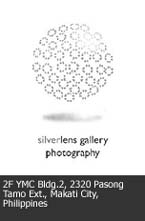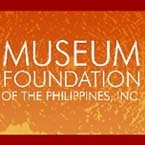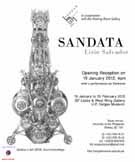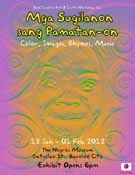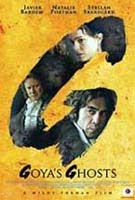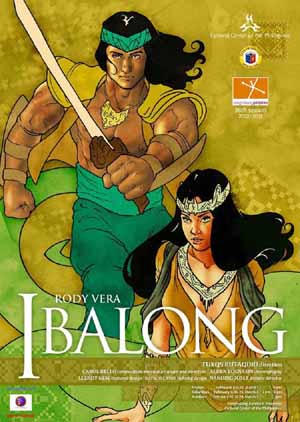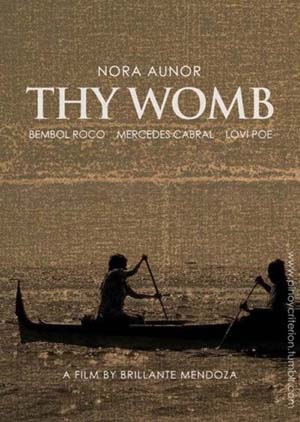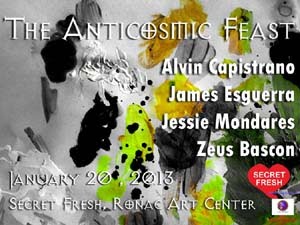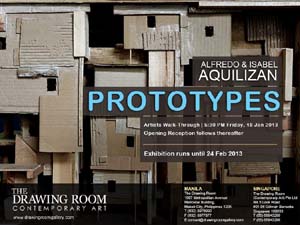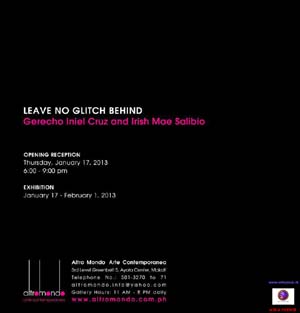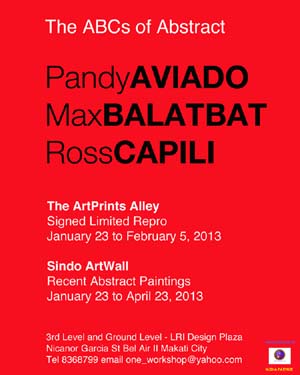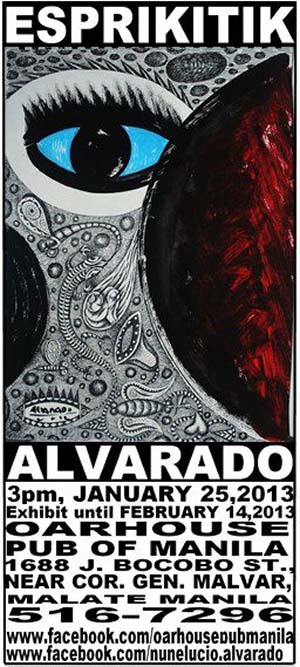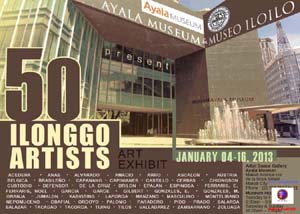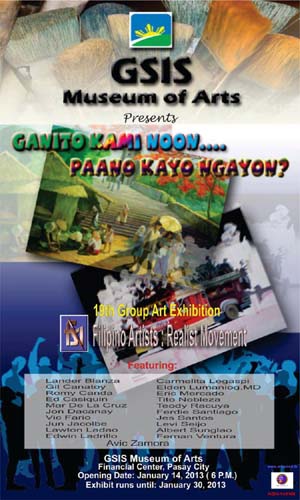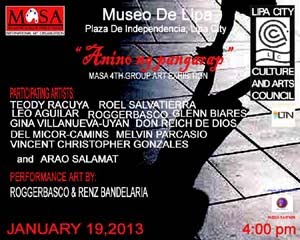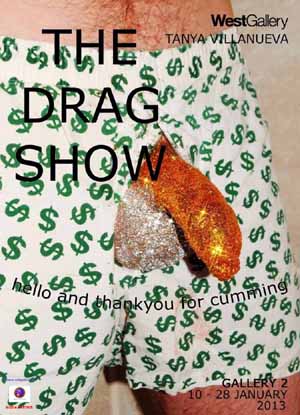
At the Helm: Up Close with NCCA Executive Director Malou Jacob
By Sherma E. Benosa
Photo by Mervin Concepcion Vergara
For several months now, the National Commission for Culture and the Arts (NCCA) has been under new leadership. Taking over the helm from former NCCA Executive Director, now Unesco Commissioner Cecile Guidote Alvarez, is multi-awarded playwright and TV director Malou Jacob.
A resident playwright for the Philippine Educational Theater Association (PETA) for many years, Jacob is known for her plays that were rife with social commentaries and advocacy for empowerment, change, and action. Her earlier works staged by PETA Kalinangan Ensemble include “Ang Timbangan ay Tagilid” (The Scales are Tipped; 1970), Aidao (1972, coauthored with Franklin Osorio), Raha Sulayman at Megat Salamat (Raha Sulayman and Megat Salamat; 1978) and Ang Mahabang Pagdadalawang Isip sa Maikling Buhay ng Isang Peti-Burgis (Endless Vacillation in the Very Short Life of a Petibourgeois; 1982). She wrote for the Cultural Center of the Philippines’ Tanghalang Pilipino the plays Pepe (1990) Teresa (1993) and Anatomiya ng Korupsion (The Anatomy of Corruption; 1992).
Her critically acclaimed play, Juan Tamban, staged in 1978, has been called “a landmark in Philippine modern theatre, because of its well-researched and realistic portrayal of contemporary social problems and its combination of both realism and non-realistic styles” by critic Doreen Fernandez. It placed 2nd in the three-act play category (Filipino Division) of the 1979 Don Carlos Palanca Memorial Awards and won the National Book Award for Drama in 1984, the Manila Critics Circle Award in 1985, and an international award for Third World countries by the International Theater Institute conducted by Venezuela in 1987.
In 2005, Jacob was given the Southeast Asian Writers Award (SEA Write Award). In 2008, she was named deputy executive director of NCCA. That same year, she was given the Gawad CCP for literature. As deputy executive director, Jacob has introduced programs that focus on empowering the marginalized and making the commission more proactive in its external linkages. Among these programs are the translation program, focus on intellectual property rights of indigenous people, and the Artists for Crisis.
The Artists for Crisis aims to bring together “emerging Muslim, Lumad and Christian artists during times of manmade and natural catastrophes to give creative workshops in poetry, music, dance, visual arts, and theater for the victims—children, the youth and the women.”
Last year, the first trainors training involving 40 Christian artists followed by workshops in Zamboanga, Bicol, Cotabato and Ilo-ilo was conducted. Another training was conducted in June with Moro artists. This will be followed by four workshops to be facilitated by the trainees. The same will be done with the Lumad artists next year so that by the middle of 2011, NCCA will have 120 artist facilitators under the program. “This is NCCA’s contribution towards better understanding among the Lumads, Muslims, and Christians,” Jacob shared. A translation program for the novel has also been started through Jacob’s initiative. Through this program, selected novels by National Artist nominees will be translated into English for the judges to enable them to better understand and appreciate works by regional writers. Under the program, winning works in the NCCA Literary Prize will likewise be translated to English for submission to the Man Asian Prize.
Jacob likewise turned the NCCA International Affairs Office (IAO) which she headed while she was deputy executive director “into a proactive office by going beyond answering the needs of Philippine posts and foreign embassies through classification of exchanges.” These exchanges will have three stages. First, exchange of books, DVDs and other materials. Second, exchange of seasoned artists and critics. And third, exchange of groups of artists and writers. Jacob also shared that the IAO now has a Critics Circle which will tap critics to give lectures to foreign cultural/ art groups and universities under the cultural agreements with the ASEAN and its dialogue partners China, Korea, Japan & India; the Middle East; and Latin America.
“We aim to promote our seasoned artists and to influence the curricula of foreign universities to include studies on Philippine Cinema, Philippine Literature, and Philippine Visual Arts,” she said, adding that Penguin’s translations of great works by Filipinos, such as Jose Rizal’s Noli Me Tangere, Jose Garcia Villa’s Doveglion, and Miguel Syjuco’s Ilustrado published by Farrar, Straus and Giroux; as well as DVDs of Brillante Mendoza’s Lola (Grandmother), Mike De Leon’s Kisapmata (In a Blink of an Eye), Marilou Abaya’s Jose Rizal, and Mario O Hara’s Bakit Bughaw ang Langit (Why the Sky is Blue) will be distributed to selected foreign embassies in 2010-2011.
Jacob is also promoting the Monodrama Festival “because it brings out the best from the actor at the least production cost. Through the Fujairah Monodrama Festival, our Muslim artists will also have the opportunity to interact with their Middle East counterpart and, hopefully, realize that there is no conflict between religion and art. Sharja of UAE, the cultural capital of the Middle East should be a destination for our Muslim artists.”
In an interagency meeting with the Department of Foreign Affairs in connection with the Philippines being the Asean Culture Capital for 2010-2011, Jacob has proposed for Butuan to be among the focal cities. Butuan, she said, is the site of the Balanghai and the Golden Tara (now in the Chicago Museum) which dates back thousands of years before the coming of Spain. “Butuan, together with the Philippine Ramayana version, Marahadia Lawana of the Maranaos, links us strongly with the ASEAN towards unity and solidarity by 2015,” she added. All these things which she initiated as deputy executive director, Jacob plans to continue during her term as executive director while also continuing the Commission’s long-standing programs. Primary of these are the Schools of Living Traditions (SLTs), Arts Festivals, and the Philippine Cultural Education Plan (PCEP).
The SLT is a program where a culture master imparts to a group of interested youth traditional skills and knowledge such as weaving, chants, songs and dances, in an informal setting. “I love the concept of the SLTs — a master craftsman with 10 to 20 young village practitioners/students. But we have to set the stage for our battle cry: Cultural Industry for the Filipino Artist! Why develop a cultural industry if not for the economic benefit of the artist? The GAMABA [Gawad Manlilikha ng Bayan] and the master artists should benefit the most from their art and not the usual marketing people or the money lenders. The NCCA has the responsibility to protect the Filipino Artist. We have links now with a Grameen-like bank organization that lends to the poorest of the poor at lowest interest, without collateral. We are going to eliminate the practice of five-six. We are setting up a marketing model which arts councils could follow. We are setting up an Intellectual Communal/Property Rights Office (IPR/Task Force on Legal Assistance Services) that will function as a clearing house for all of the complaints of the artists all over the country,” Jacob shared.
She added that the NCCA will continue to give support to art festivals. “The Arts Festivals have been supported by NCCA for over 10 years. It is time to put together a list of the most gifted artists from the periphery whose talent should be honed. Master classes for them. This is preparatory to the setting up of community or university based Arts Institutes in Mindanao, Visayas, and Luzon to be managed by seasoned artists and former members of the NCCA committees,” she said, adding that the regional arts festivals should be “propelled by the socio-economic conditions of the region so that the power of arts in the molding of a people is demonstrated especially to the powers that be to help them realize the role of the arts beyond entertainment.” Jacob added that the PCEP must continue to “culminate towards the training of teachers to assure the place of Philippine Arts and Culture in the school curriculum, saying that “mistakes have been made but these are being corrected. The important thing is we are aiming to greatly influence the educational system. And we shall.”
Jacob also said that her administration will prioritize setting up a ThinkTank for NCCA. “We have tested the NCCA Debates on cultural and artistic issues during our planning session 2010- 2013 and the response was tremendous. The rank-and-file staff of NCCA is young, motivated, bright and hard working. I plan to continue the debates within and outside NCCA,” she emphasized, adding that a Debate Series on “burning issues like the National Artist Awards, role of NCCA in value formation especially since what brings the country to the pits are corruption, kamag-anak Inc. and the
culture of violence” among others may be taken up and may even be covered by radio and television.
“NCCA has to take up its role in the development of the Filipino people. Culture should not be perceived as second or third priority. It has to be recognized as the umbrella that defines the socio-economic and political direction of the country,” she stressed. Asked what she thinks will be the greatest challenge she will have to face, she answered, “the greatest is the unconscionable situation of the majority of the employees of NCCA. I understand that this has been taken up by previous executive directors but without much success. I want to try again, using a different strategy. The NCCA cannot continue to be the umbrella organization for culture and the arts serving the entire country thru its policy making, grant giving, and coordinating functions with 80 percent of its employees in temporary positions for 5, 10, 15 years; and artists all over the country as volunteers, just because DBM has a RAT plan. The RAT plan is for the bloated government agencies. The NCCA is a lean and mean agency serving the entire country with a miniscule staff. I will bring this issue to the highest office of the land.”
From AGUNG May-June 2010 ISSN 0119-5948
Page 12 - 13





























































